How to Pray the Daily Examen
Notice God's presence throughout your day.
“Contemplative prayer, in my opinion, is nothing else than an intimate sharing between friends; it means taking time frequently to be alone with Him who we know loves us.”
St. Teresa of Avila
New to prayer or a seasoned prayer warrior? Learn new tips from the Hallow team on how you can deepen your prayer life, build a routine, and draw closer to God.
Notice God's presence throughout your day.
Encounter the Bible more profoundly.
Find God's peace in silence.
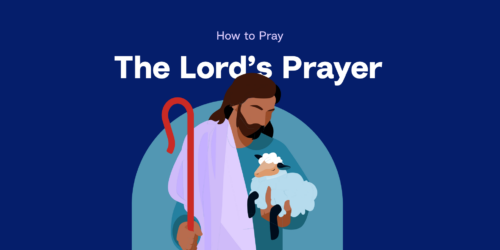
A line-by-line breakdown of the prayer Jesus gave us
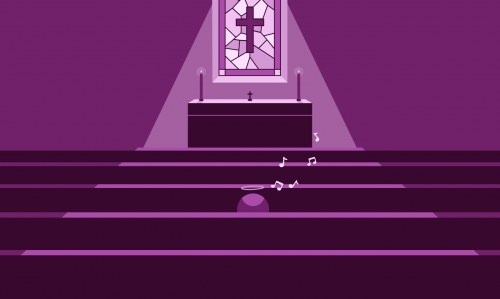
Encounter God in music throughout your day.
Journey with the Saints who lead us to lives of service, prayer, and love.
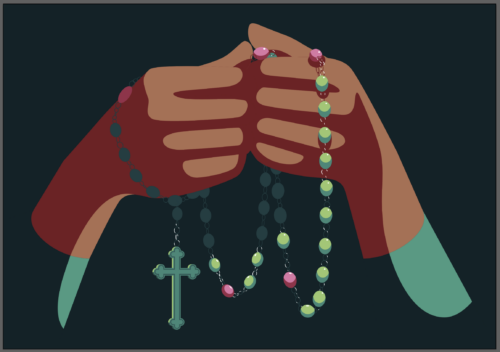
Meditate on the life of Jesus with vocal prayer.

Pray alongside Mary through the 7 sorrows of Christ's life.
Reflect on this challenging prayer following Jesus on the day he died.
Pray for mercy with the prayer Jesus gave St. Faustina in 1935.

Liturgy of the Hours (Divine Office) helps us live out the call to "pray without ceasing."
Learn tips to help you fall asleep in prayer.
Pray 27 Rosaries in petition and 27 Rosaries in thanksgiving.

Learn how to pray together as a family.

Dedicate a full hour in prayer to God.

Learn this traditional prayer method taking place over 9 days.

Pray the Lord's Prayer in the language Jesus taught it.
Remind yourself the steps of prayer to guide your conversation with God.
Learn the "ARRR" acronym to guide you in prayer for any amount of time.

Draw closer to Jesus as you meditate on the Gospels.

Pray this novena to help untangle the "knots" in your life.

Pray this novena to grow your trust in God's love for you.
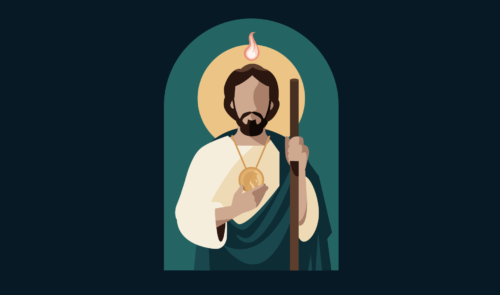
Pray this novena to lead you through times of struggle, pain, and challenge.
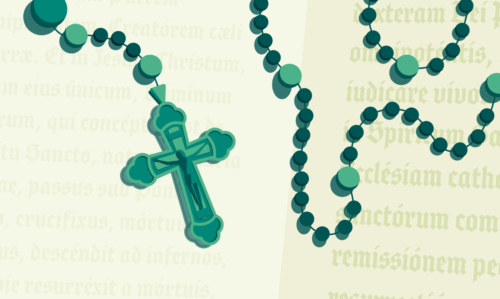
Pray the Rosary in its original language: Latin.

Let Mary’s mighty fiat inspire your life with this prayer.

Entrust yourself to Mary to grow in devotion of her son Jesus.

Pray this litany to ask for the grace to grow in the virtue of humility.

Pray this litany to place your trust in Jesus.
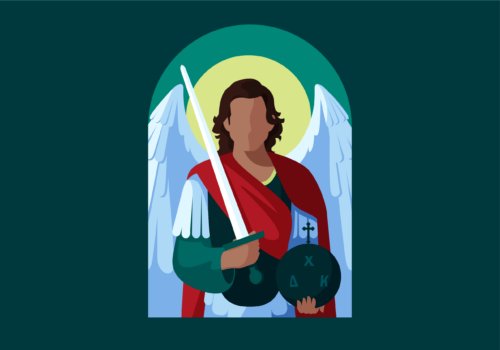
Seek the intercession of St. Michael the Archangel by praying this chaplet.

Surrender yourself to Jesus over the course of 9 days.

Pray this novena to prepare for the birth of Jesus.

Pray this litany on the feasts of St. Joseph to invoke his intercession in your life.

A short Catholic prayer of penance and mercy.
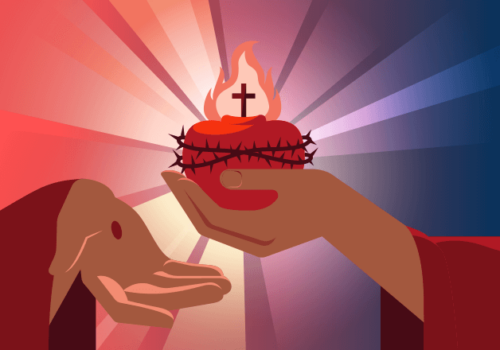
Give everything to Jesus in this 9-day prayer to His Sacred Heart.
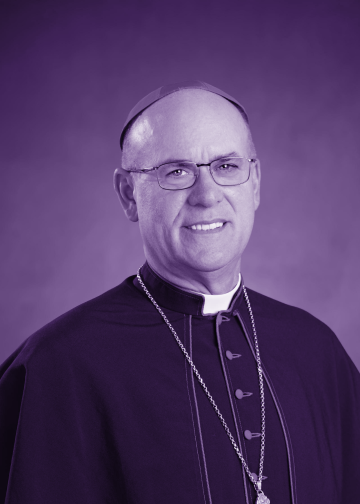
"Hallow is an excellent resource for people searching for deeper spiritual lives, especially the younger generation of Catholics today. It helps make clear that a relationship with God is and can be extremely personal and can be a great source of peace, joy, and strength."
Most Reverend Bishop Kevin C. Rhoades (Bishop of Fort Wayne-South Bend)
We are here to help you with any questions or concerns you may have in regards to Hallow! Don’t hesitate to reach out.
For as long as human beings have existed, we’ve sought a connection to a higher power as we’ve grappled with questions about our existence, purpose, and place in the universe.
Many of us learned about the gods and goddesses of Greek and Roman mythology, ancient societies that sought to make sense of the world around them. History has traced the roots of the world’s first monotheistic religion, Zoroastrianism, back as early as 1500 BC.
Pick any historical time period and region of the world, and you can almost certainly learn how religion(s) and beliefs shaped that society.
Within all of these communal expressions of faith are individual expressions of faith and personal connections to God. If you’re wondering today how to pray, take comfort in knowing that for thousands and thousands of years, people have asked the same question.
You’re not alone!
Before even considering the “right” words or ways to pray, it’s important to recognize that even wondering how to pray is a great start.
A desire to learn how to pray or simply even to explore what prayer’s all about is already a sign of God communicating to us through our desires. This desire can help us make time for God.
As Pope John XXIII said, “Prayer is the raising of the mind to God. We must always remember this. The actual words matter less.”
Often when we think of prayer, we imagine someone sitting or kneeling in perfect stillness. But this isn’t what prayer has to look like for you. Rather than focusing on what prayer looks like, allow yourself to simply create space for God to be present in your life.
Before formal prayers or rituals, one simple way to approach prayer initially is through gratitude: recognizing that there are things in life that we did nothing to deserve or earn, and to be grateful for them.
“The spirit of prayer gives time back to God,” Pope Francis tells us. “It steps away from the obsession of a life that is always lacking time, it rediscovers the peace of necessary things, and discovers the joy of unexpected gifts.”
When the desire to pray nudges us to make time for God, the seed of prayer begins to sprout. This allows us to begin to see and hear God reaching out to us, since prayer is not a one-way line of communication.
One of the greatest living experts on prayer, Fr. Timothy Gallagher, O.M.V., is leading a prayer series on the Ignatian Spiritual Exercises for Hallow. In one of his reflections, he describes prayer as “a relationship between two persons.” Similarly, Pope Francis speaks of prayer as a “dialogue with God.”
Relationships are two-sided and anchored by love. In prayer – our relationship with God – we can receive God’s gaze and hear His voice.
“Prayer is always a relationship of two persons,” Fr. Gallagher reminds us.
Any prayers we recite or Scriptures we read are not merely words. They are the ways in which we engage in a dynamic relationship with a living and loving God who created us, knows us, and is truly present to us. These words of prayer and silence can help us feel God’s loving presence and hear His voice.
And when you struggle to speak, remember that God always knows what we need even when we cannot find the words ourselves.
There are numerous types of prayers that enrich the Catholic spiritual tradition. The Catechism describes different types of prayers:
We, of course, have the Lord’s Prayer, given to us by Jesus in the Bible. It’s one of the first prayers that Catholics learn and a prayer known universally by all Christians.
Sacred music, like Gregorian chants, can also be a form of prayer. Christian prayer can draw upon specific texts and prayers that vary by season, as in the Liturgy of the Hours, or can be the recitation of or meditation on particular prayers, as with the Rosary.
Prayer can be structured, like reflecting on daily Gospel readings with Lectio Divina, or be more open-ended, like sitting in silence with God through Christian meditation.
You might also consider praying with the Examen if you’re struggling with getting started in prayer. Your guide will lead you to reflect about your day, and you can talk with God about the good and the not-so-good moments, just as you would with a friend.
Catholics don’t worship saints, including St. Mary.
When Catholics pray to and with saints, it is to ask for their intercession. We pray directly to God and worship him, but we also ask for the prayers of others in heaven, including saints.
In fact, the last line of the Hail Mary asks our Blessed Mother for her prayers:
Holy Mary, Mother of God
Pray for us sinners,
Now and at the hour of our death.
Amen.
God is always open to having a dialogue with us. We can speak to Him–and listen for His gentle voice–whenever we’d like.
Beginning prayer can be as simple as directing our heart towards God and saying, “Hello” – greeting Him as we would a friend or a new acquaintance.
As female doctor of the Church St. Therese of Liseux said, “For me, prayer is a surge of the heart … it is a simple look turned toward heaven, it is a cry of recognition and of love, embracing both trial and joy.”
More formal prayers traditionally begin and end by making the sign of the cross and saying, “In the name of the Father, and of the Son, and of the Holy Spirit. Amen.”
The more that we deepen our prayer lives, the more we can become centers of “spiritual light,” whose brightness enriches the world around us.
And, while we do begin and end prayers, we really can pray all day. Anytime we rest with God, when we create the space for His presence, we pray.
With Hallow, it’s easy to pray on the go, as you’re commuting, traveling, waking up, or getting ready for bed.
Being “too busy” should never prevent us from praying. God is always accessible to us and seeking to spend time with us. If you struggle to find time, consider incorporating prayer into something you already do daily: brushing your teeth, preparing your morning coffee, doing the dishes or laundry, etc. It can even be as simple as praying, “Come, Holy Spirit,” when you get dressed in the morning.
When you begin to pray, you’ll discover how much God wants to speak with you and be present to you. And you’ll become aware of His personal love for you, which gives us peace and brings meaning to our lives.
Hallow offers more than 500 prayers and meditations to help you pray, find calm, and rediscover peace–all from the convenience of your phone.
Let Hallow help you learn how to pray.
Start your free 30 day trial today and try the 9-day intro to contemplative prayer challenge.
Start Your Free 30 day trial